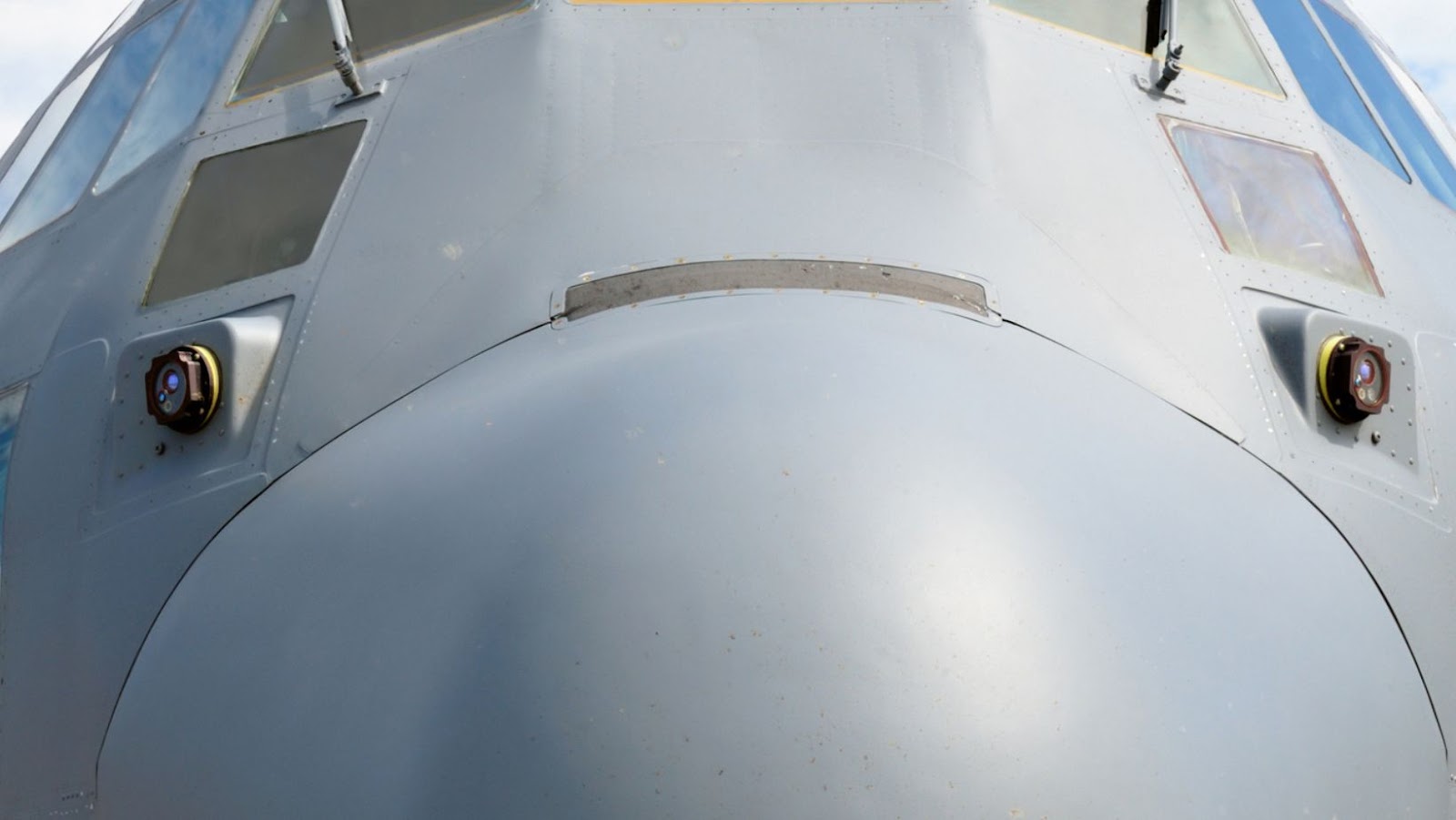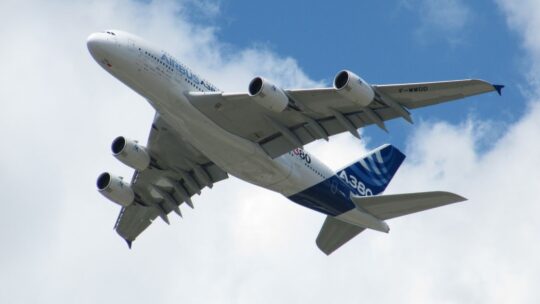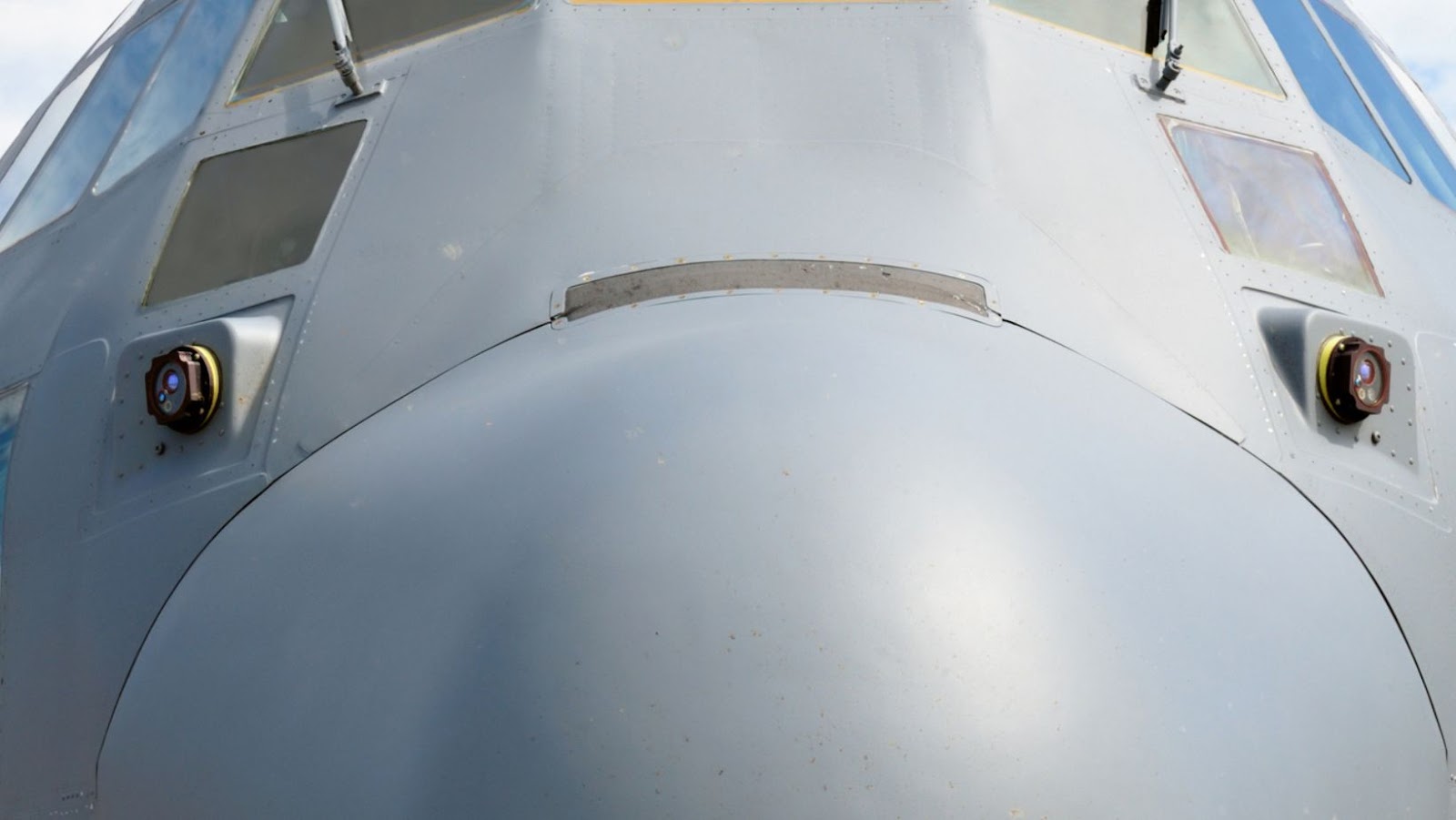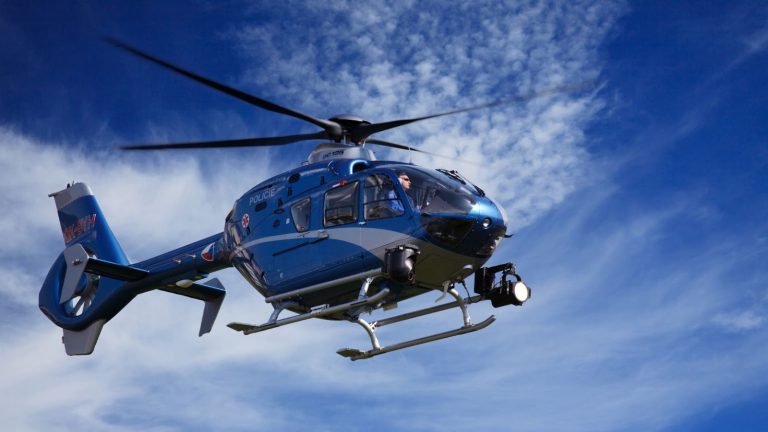 Are you concerned about landing an aircraft safely?
Are you concerned about landing an aircraft safely?
Unravel the mystery of codes and their role in helping pilots land with this informative article. Discover how codes provide guidance for landing aircraft, so you can trust your journey will be a smooth one.
VAGUS888
The heading and title pose the same question about codes for landing aircraft guidance, but the context is unclear.
No, the codes from the black box do not offer guidance for landing the aircraft. Instead, they record flight data that can help determine the cause of a crash or incident.
Yes, codes used in the aviation industry, such as ILS, VASI, PAPI, and STAR, provide guidance for pilots to safely land the aircraft by transmitting signals to assist in the landing process.
The black box codes are recorders of the flight data which might help in understanding the cause of the crash or incident.
YLSUNDO
Ensuring safe aircraft landings is crucial for aviation safety. Pilots rely on a specific set of codes to guide them during the landing process, providing essential instructions for a secure touchdown. However, understanding and implementing these codes effectively requires careful attention to detail and consideration of various nuances.
This article will discuss how these codes offer instructions for safely and efficiently landing an aircraft.
Importance of Landing Guidance
Landing guidance is a crucial element of aviation safety, providing essential support for pilots during the landing process. The codes and systems utilized for landing guidance offer valuable assistance in safely bringing an aircraft to the ground.
Two types of landing guidance systems are the Precision Approach Path Indicator (PAPI) and the Visual Approach Slope Indicator (VASI). The PAPI uses lights to show the correct landing angle for the aircraft, while the VASI uses a combination of red and white lights to indicate if the approach is too high or too low.
The landing guidance systems assist pilots in maintaining correct alignment, altitude, and speed while landing, minimizing the likelihood of accidents and safeguarding the well-being of passengers and crew. As a result, aircraft landing guidance is essential for ensuring a safe landing.
Helpful hint: To guarantee a safe landing, be sure to follow the landing guidance procedures in the aircraft manual and comply with the instructions given by air traffic control.

EROHRUA
Landing codes are essential for pilots as they provide precise guidance during the aircraft’s landing process. These codes consist of a sequence of light signals positioned along the runway, assisting pilots in accurately identifying their position in relation to the landing zone.
Below is an explanation of the various landing codes and their significance:
- Red light: The pilot is advised to avoid landing and instead perform a go-around.
- A white light signifies that the aircraft is on the correct glide path and has aligned properly with the runway.
- Amber light: The aircraft needs to descend further to align with the runway as it is currently too high.
- The green light signals that the aircraft needs to raise its altitude in order to align with the runway as it is currently too low.
Landing codes are crucial for pilots as they provide essential information to help guide them during the landing process, ultimately ensuring a safe and smooth landing experience.
Aircraft landing guidance is a critical aspect of aviation safety. It consists of a set of codes that provide pilots with the necessary guidance for landing a plane.
CVEABRB
Landing guidance codes, also referred to as airport runway visual range (RVR) and runway lighting, are essential in assisting pilots with safe landings in various weather conditions.
Landing guidance codes used by airports are determined by the following factors:
1. Instrument Landing System (ILS): ILS is a radio navigation system used to guide aircraft during the approach and landing phase. Airports with ILS installed use different RVR and lighting codes than those without ILS.
2. Weather conditions: RVR and lighting codes are determined by prevailing weather conditions such as fog, snow, and rain. The worse the weather, the shorter the RVR and the more intense the lighting required.
3. Runway surfaces: The type of surface, such as asphalt or concrete, affects how much lighting is needed to guide pilots during landing.
Pro Tip: Familiarise yourself with the different types of landing guidance codes and be aware of how they might change depending on weather conditions and airport infrastructure. This will help you better understand the landing process and become a safer and more informed passenger.
TUDIOCAQ
The process of landing an aircraft is intricate and necessitates precise instructions to guarantee the safety of both the aircraft and its passengers.
Aircraft landing guidance codes are utilized to offer pilots instructions and guidance for navigating their aircraft during the landing process. This article will discuss the various types of codes and how they assist in safely landing the aircraft.

XXXLUTCZ
Landing Guidance Codes are a set of standardized symbols and markings designed to offer pilots essential guidance and information during the landing phase. These codes do not physically guide the aircraft during landing, but instead inform the pilot about runway and weather conditions that are relevant for a safe landing.
The main types of landing guidance codes are:
The Runway Visual Range (RVR) is a measurement of visibility for pilots during landing approach, ranging from 0 to 5500 meters and indicated by a two-digit code.
The Surface Movement Guidance Control System (SMGCS) provides pilots with essential details regarding the airport’s physical layout, such as taxiway and runway markings, as well as potential obstructions.
The Instrument Landing System (ILS) aids pilots in safely navigating their approach to landing in poor visibility by providing glide slope and localizer indicators.
Although landing guidance codes do not offer precise instructions for landing the aircraft, they play a crucial role in facilitating safe and successful landings by equipping pilots with the necessary information to make informed decisions throughout the landing procedure.
VG2279Q
Aircraft landing guidance codes are standardized systems that provide pilots with important information about runway conditions and approach protocols.
Pilots rely on four types of landing guidance codes for assistance during various landing phases.
1. Visual Approach Slope Indicator (VASI): This landing guidance code uses a system of lights to indicate to pilots whether they are too high, too low, or on the correct glide path for a safe landing.
2. Precision Approach Path Indicator (PAPI): Similar to VASI, PAPI uses a system of lights. However, this system is optimised for lower visibility and is used mostly for instrument approaches.
3. Instrument Landing System (ILS): A radio signal system that provides horizontal and vertical guidance to pilots during the final stages of landing.
4. Microwave Landing System (MLS): A newer technology that provides pilots with more accurate and reliable landing guidance, including precise altitude and course information.
Although these codes do not offer instructions for actually landing the aircraft, they do supply pilots with essential information to guarantee a secure landing.
These codes are displayed on the instrument landing system (ILS) or the precision approach radar (PAR) and consist of letters and numbers that indicate the aircraft’s position relative to the runway.
GHDYFOQ
Landing guidance codes are essential for pilots during the approach and landing stages of the flight, assisting them in safely landing the aircraft. These codes, which are visible on the instrument landing system (ILS) or precision approach radar (PAR), comprise a combination of letters and numbers that signify the aircraft’s location in relation to the runway.
This is how the codes function: The initial section of the code signifies the aircraft’s position on the glide path. For example, “A” indicates the aircraft is above the glide slope, “B” indicates it is slightly above, “C” indicates it is on the glide slope, “D” indicates it is slightly below, and “E” indicates it is well below.
The following segment of the code specifies the aircraft’s horizontal position. For example, “L” denotes the aircraft is positioned to the left of the centerline, “C” indicates it is aligned with the centerline, and “R” signifies it is to the right of the centerline.
These codes can be utilized by the pilot to modify the aircraft’s speed, altitude, and heading in order to align with the runway and execute a secure landing.

UMIT693
UMIT693 is not a landing guidance code, but rather an identification code used for communication between pilots and air traffic controllers to identify a specific aircraft.
UMIT693 is one of many aircraft codes that are used in the global aircraft identification system, enabling pilots and air traffic controllers to differentiate between various planes sharing the same airspace.
There are a multitude of procedures and guidelines that pilots adhere to in order to safely land an aircraft, which vary based on the type of aircraft and the specific situation. These steps typically involve conducting pre-landing checks, monitoring weather conditions, and adhering to approach and landing protocols.
In summary, aircraft codes such as UMIT693 are necessary for efficient communication but do not offer instructions for landing or piloting an aircraft.
Pro Tip: Always follow established procedures and guidelines when piloting or landing an aircraft for maximum safety.



